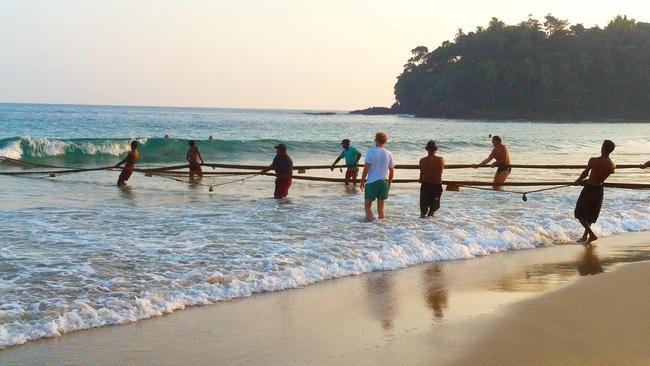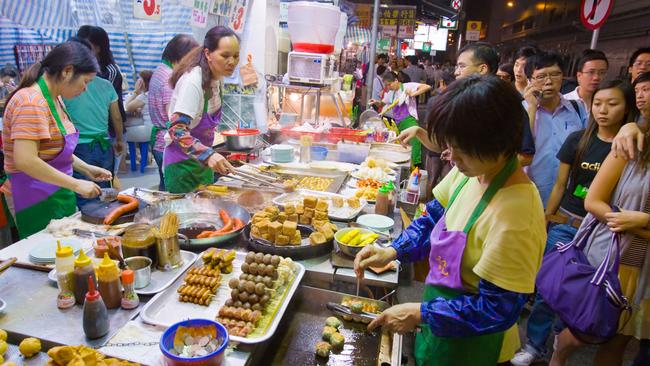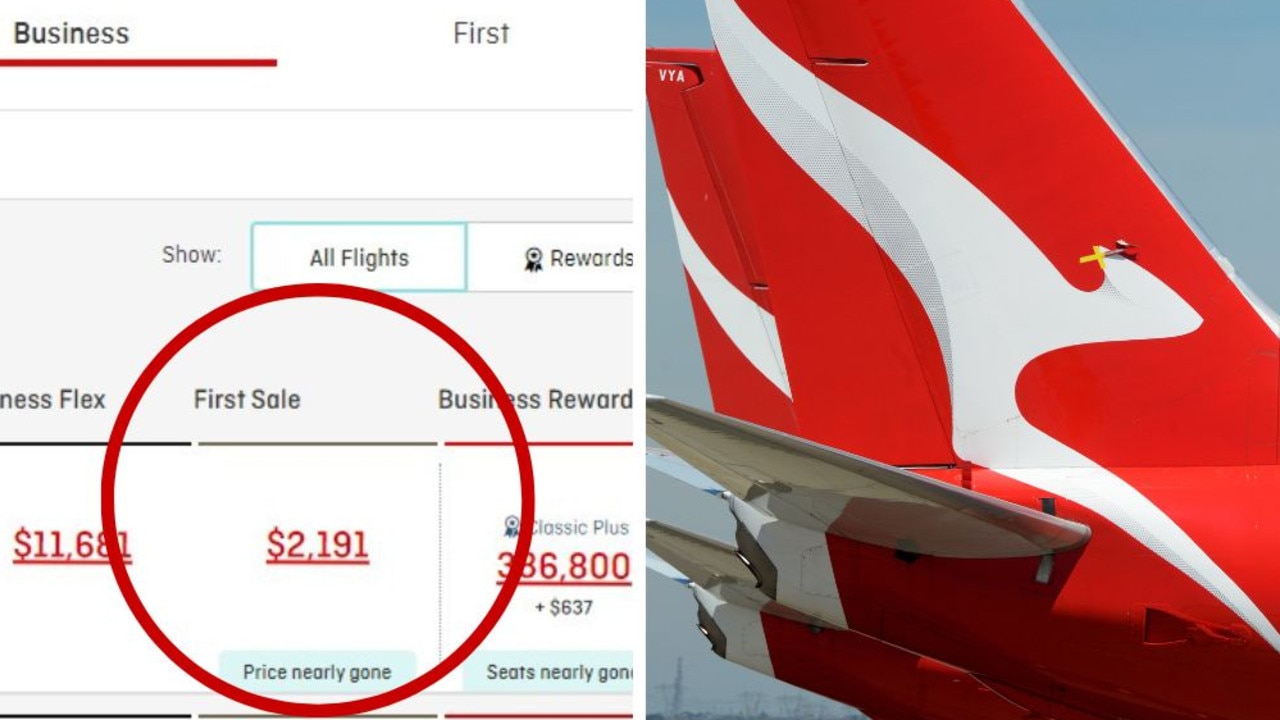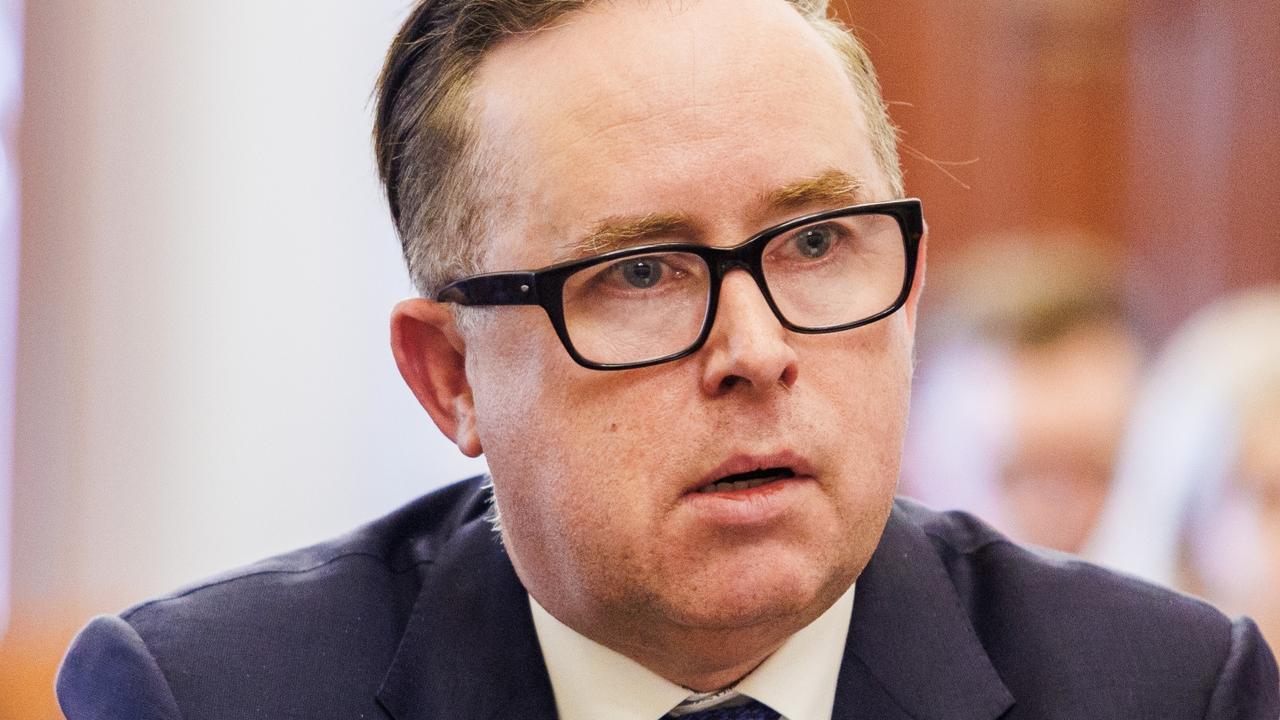How to travel the world for a year for less than $20K
IT SOUNDS too good to be true. Take a year off work and travel the world, without breaking the bank. But this traveller reckons it’s surprisingly easy if you follow these tricks.

I’M halfway through the trip of a lifetime and have discovered that seeing the world is cheaper than you might expect: $20,000 is plenty for a 12-month trip.
I set off in December with $17,000 and a vague plan to travel through Asia and see how long the cash would last.
Five months later and I’ve been to Sri Lanka, Malaysia, Singapore, Indonesia, Taiwan, Japan, Hong Kong and Vietnam and have enough money left over to see out the year.
Sure, I won’t have a house deposit when I’m done but I’ve eaten fresh seafood on the beach in Colombo, watched the city lights come up on Hong Kong harbour, swam at the postcard perfect beaches of Sumbawa, trekked through the snow in the Japan Alps and met incredible people along the way.
I decided to limit my travels to Asia to make my money go further, but the tips I’ve learned along the way hold good the world over.

Plan the route
Figure out a vague idea of where you want to go — not too much detail but enough of a plan to avoid journeys doubling back. Sometimes it’s best to bite off less than you can chew, as transcontinental travel is going to cost, so plan on visiting one region at a time.
Consider spending longer in countries where your cash goes further. Think Asia, South America and Eastern Europe.
Take your time
Time is money, and when it comes to travel there is always a slower, cheaper way to get where you’re going. A taxi across Sri Lanka will set you back more than $100 — the same bus trip costs $2 and the rule applies the world over. It can save a lot of cash on everything from long-haul trips to airport transfers (there is almost always a public transport option). So forget the express and spend the time instead of money.
Travel off-peak
Everything is so much cheaper in the off season. It’s quieter and you can enjoy a level of luxury that’s otherwise out of reach. In springtime you can have a Japanese ski resort to yourself for $35 and the same applies to the beach in autumn — it’s warm enough to swim, the crowds just don’t know it yet.

Pack light
If you can get your pack under 10kg you can often pass it off as cabin luggage on planes. Plus smaller bags are easier to manage on public transport. It’s impossible to pack for a year, so bring a week’s worth of clothes and buy a jumper if you get cold.
Remember: it’s not a trip to Mars, so if you forget something you’ll be able to buy it along the way. Don’t buy travel gadgets: you can swap books but you can’t swap a Kindle.
Budget
Sounds boring (and is) but set a daily budget and this is what will keep you on track. If you save $20,000 and that means an average spend of $50-a-day for a year, with enough cash left over for the plane home and some duty free shopping.
Use an old fashioned notepad or apps such as Expensify to keep track of your spending. Aim to be under the average in cheap countries so you can break it in costlier spots.
Airbnb
Cheap travel doesn’t mean dorm rooms and bed bugs. Especially in big cities, there are bargain private rooms to be found on Airbnb. For $22 a night you can rent an apartment in Paris. You might end up in the ‘burbs but what does it matter if you meet a great host? It is great for longer stays and self contained accommodation means you can save money by eating in.

Don’t book ahead
Why lock yourself in? Hoteliers can often drop their prices in the afternoons if the rooms will otherwise lie empty — so it pays to pound the pavement and look around. Generally, unless you’ve turned up in the middle of high season, you’ll always be able to find a room, so leave yourself free to stay longer when there’s just no reason to leave. Keep an eye out for last-minute deals on websites like Booking.com or Agoda.
Cheap flights
Budget airlines sell short-hop flights at bus-ticket prices, especially once you are out of Australia. For instance, Peach Airlines fly from Japan to Korea for $20. Get online or use apps such as Skyscanner to find out which airlines operate where and seek out the cheapest routes. Just run a quick news search before you book to make sure their planes stay in the sky.
Don’t book seats
If an airline gives you the option to select your seats for a fee, don’t bother. When you check in together you’ll be given seats next to each other anyway. Spend the money on something else.
Eat local food
When in Rome do as the Romans do. They probably wouldn’t get spaghetti in Singapore, so follow the crowds (and your nose) stick to the local cuisine for the best prices and the best food as well. Dinner in parts of Asia and South America can cost as little as $1 at a street stall. Mid-range restaurants tend to sell the same food at inflated prices so stick to cheap and cheerful.

Drink the local drop
Beer is cheap in Australia, but that’s not the case everywhere. Whatever the locals are drinking is a pretty reliable guide to what’s cheap. So try the local wine/arrack/raki/fire water and be willing to lay off the booze in countries where it is just plain expensive.
Pick your attractions
If you have your heart set on visiting the Cumberland Pencil Museum, by all means part with the admission fee. Otherwise, you’ll need to be more discerning. Visit free tourist sites, find the free museums and remember: it costs nothing to happily wander around exploring.
Splurge wisely
Skimping can be exhausting. So reward yourself for coming in under budget with a few luxury stops along the way. Let a couple of cheap dinners and noisy hotels pay for something really special down the track and it will be all the more memorable. And you can get bargains at top-end hotels too if you are flexible with your dates.
Call in favours
Have a mate in Hong Kong? Get in touch. You get to catch up, a night on their couch will put you way ahead of your budget and you get to tap in to their local knowledge. A small gift to say thanks for the hospitality is enough — and it’s not really freeloading if you intend to repay the favour one day, is it?
Mates
Having a travelling companion or two can be a great way to save money when it comes to splitting the cost of a room or sharing a cab. Ask fellow travellers where they’re headed and keep an eye out for opportunities to share expenses.
Travel money card
Most Australian banks and even Australia Post offer pre-loaded debit cards for overseas travel. The cards are much less hassle than travellers cheques, can be loaded in Aussie dollars and charge a fixed transaction fee (normally about $3.50) to withdraw money in local currencies from teller machines. Use your ordinary keycard and you could be pinged up to $12.
Don’t forget travel insurance and have fun!



